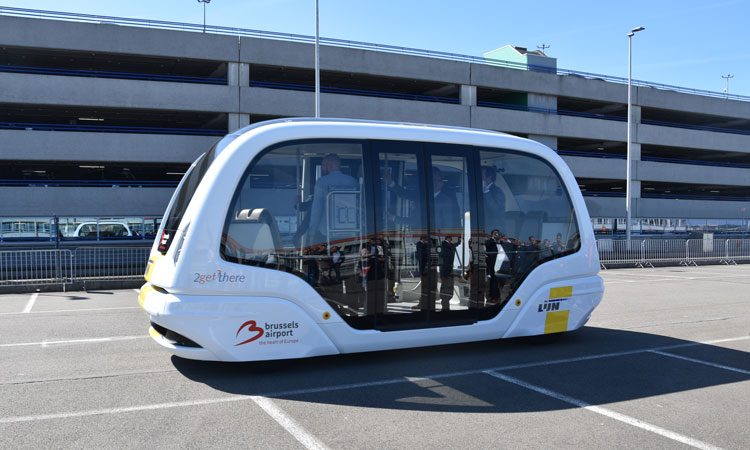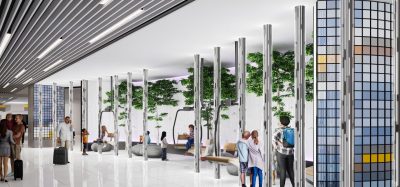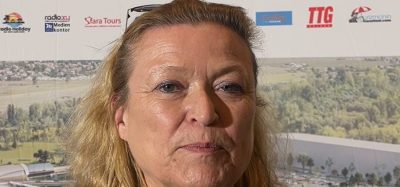Self-driving shuttle embarks on maiden trip at Brussels Airport
- Like
- Digg
- Del
- Tumblr
- VKontakte
- Buffer
- Love This
- Odnoklassniki
- Meneame
- Blogger
- Amazon
- Yahoo Mail
- Gmail
- AOL
- Newsvine
- HackerNews
- Evernote
- MySpace
- Mail.ru
- Viadeo
- Line
- Comments
- Yummly
- SMS
- Viber
- Telegram
- Subscribe
- Skype
- Facebook Messenger
- Kakao
- LiveJournal
- Yammer
- Edgar
- Fintel
- Mix
- Instapaper
- Copy Link
Posted: 14 May 2019 | International Airport Review | No comments yet
With passenger transport anticipated to commence in 2021, the self-driving shuttle at Brussels Airport has begun trial operations airside.


A self-driving shuttle at Brussels Airport has officially clocked up its first few metres.
The shuttle bus – manufactured by De Lijn – will perform several demo trips without passengers to test the technology in a real-life environment. In 2021, the self-driving shuttle will commute autonomously between the terminal and cargo business area and parking lots at Brussels Airport.
Driverless vehicles typically drive in their own dedicated lanes, however this pilot project ultimately aims to enable the self-driving shuttle to navigate autonomously through mixed traffic.
“This self-driving shuttle is state-of-the-art technology that fuels the imagination,” said Flemish Minister for Mobility, Ben Weyts. “This pilot project is bringing that imagination to life. We’re harnessing innovation to further strengthen the De Lijn service offering. This is an investment in the future, in efficiency, in image and in the power of our public transport. Flanders and De Lijn are playing a truly pioneering role in this regard.”
“‘Intelligent mobility’ is one of our strategic priorities for sustainable development over the coming years,” said Brussels Airport Company CEO, Arnaud Feist. “We want to encourage passengers and employees to increasingly travel to the airport by public transport. This joint project with De Lijn, which commenced in 2015, is one of the initiatives specifically aimed at achieving this objective. We’re now exploring how self-driving buses can be deployed to improve the efficiency of passenger transport on the airport grounds.”
The shuttle is hoped to run independently at an average speed of 20km/h over a short, fixed route that’s equipped with magnets and sensors. The magnets are located in the ground and serve as beacons that indicate the way. The sensors are built into the bus in order to detect other objects in the vicinity. Local modifications may be needed to reduce traffic complexity. However, as the people mover is designed to share the road with other traffic, no separate lanes will be required.
Additional testing will take place over a longer period in mixed traffic, scheduled to take place until 2020, in the Brucargo business zone. The test rides will be carried out without passengers, however, there will be a steward on board. They are intended to test the bus operation in all weather conditions and traffic scenarios. All competent authorities will monitor the development process
Should these tests reap positive results, the passenger system can be further expanded, and the dispatch centre, bus stop interfaces and charging stations additionally incorporated. The aim is to then operate the people movers without a steward on board, but instead monitor the rides from a dispatch centre, with passenger transport anticipated to commence mid-2021.
Related topics
Air freight and cargo, Passenger experience and seamless travel, Regulation and Legislation, Runways and pavements, Sensory technology


















